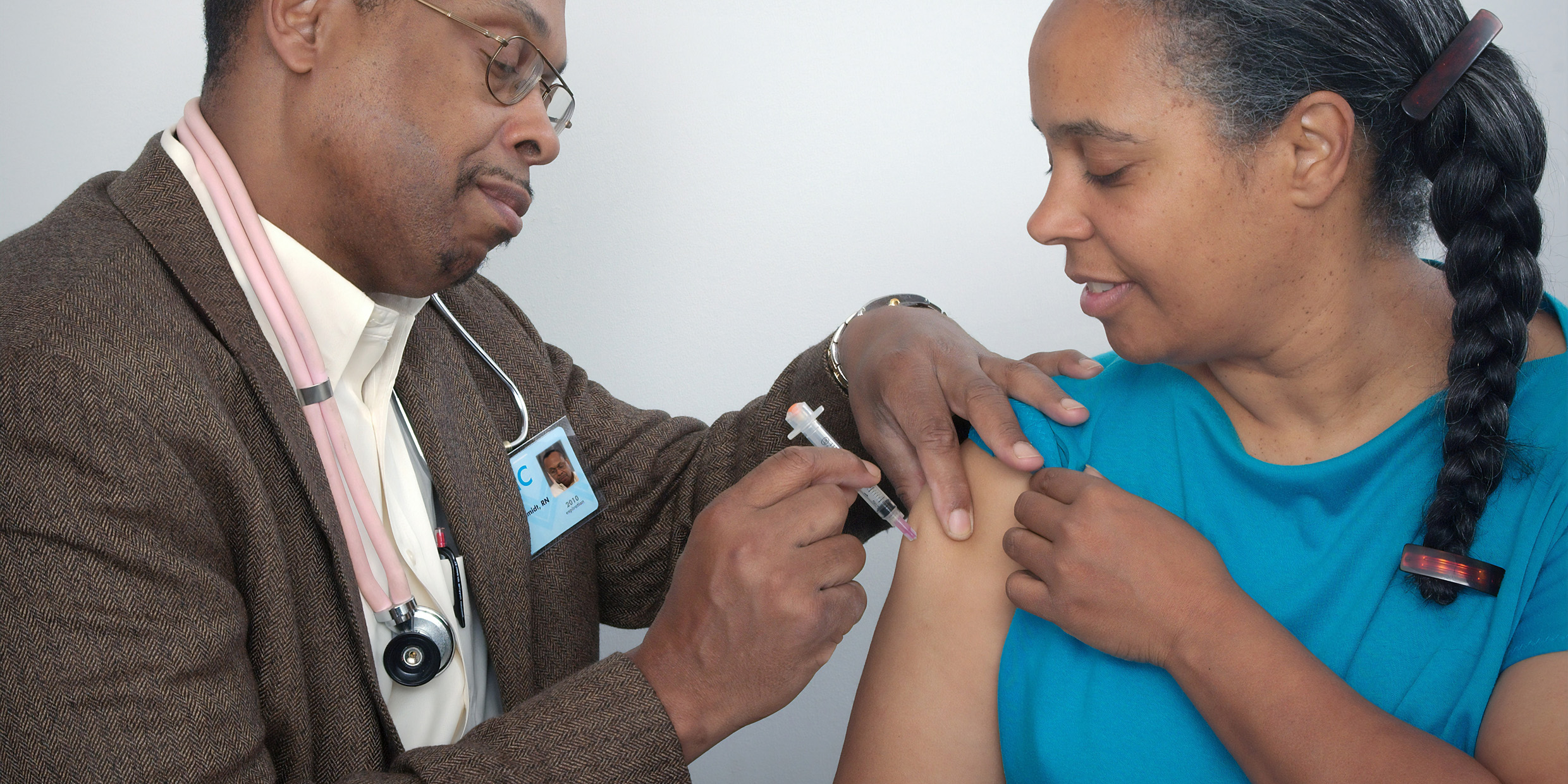Originally published 25 June 2002
Like most Americans of my generation, I have a dime-sized scar on my upper left arm, the badge of a disease that — with luck — my grandchildren can safely forget.
As a new millennium begins, it is hard to remember how pervasive and terrible was once the scourge of smallpox. Only a few centuries ago, no one was safe from the disease. For victims, the only outcome of contagion was death or a body pocked with scars.
So mortal was smallpox that history was frequently transformed. For example, the conquest of the Americas by Europeans was greatly facilitated by what can only be called “germ warfare.” Before the arrival of Europeans and their African slaves, the Western Hemisphere was free of the disease, and Native Americans had no natural resistance to infection. The invaders, on the other hand, were nearly all immune to smallpox, having survived the disease in childhood.
Within three centuries of Columbus’s landfall in the Bahamas, the native population of North and South America had dropped from an estimated 70 million to about 600,000, to a large extent because of smallpox. It was with the help of the disease that Cortés, with an army of less than a thousand men, was able to subjugate an Aztec empire of some 12 million people.
“Within a generation, the culture, religion, and language of the Spanish colonizers had displaced local tradition, institutions and beliefs,” writes Jonathan Tucker in his book, Scourge: The Once and Future Threat of Smallpox.
In another recent book, Pox Americana: The Great Smallpox Epidemic of 1775-’82, historian Elizabeth Fenn documents how smallpox affected the outcome of America’s War of Independence. George Washington considered the disease to be his most formidable obstacle during his battle with the British. He bore on his own face scars of smallpox contracted at age 19.
As Americans fought Redcoats and disease, back across the Atlantic, smallpox was killing 400,000 Europeans a year.
Then, in England, a country doctor named Edward Jenner made an epic observation: Milkmaids in the English countryside had untypically clear complexions. In 1770, a milkmaid told him that contracting cowpox, a disease of cattle that was relatively mild in humans, protected her from the more virulent contagion.
Over the next few years, Jenner exposed to smallpox more than a dozen adults who previously had had cowpox; none contracted the more deadly disease. In 1796, he tried the crucial experiment, one that “would be considered unethical by today’s standard” (writes Tucker): He inoculated an 8‑year-old boy with pus and lymph from a cowpox victim. The boy contracted the bovine disease, which passed in two weeks, leaving only a small scar. One month later, Jenner inoculated the boy with pus from a human smallpox victim. The boy was immune.
Jenner had made one of the most stupendous discoveries ever for scientific medicine: Inoculation with a less-virulent form of a disease can confer immunity to more dangerous infection. Jenner called his cowpox treatment “vaccine,” from the Latin word vacca, “cow.” The term now refers to any inoculated material that confers immunity to disease.
From the time of Jenner’s discovery, smallpox was potentially eradicable. Thomas Jefferson wrote to Jenner: “Future nations will know by history only that the loathsome smallpox existed and by you has been extirpated.” Two centuries passed before it was practical to mount a worldwide offensive against the disease. Because of those dime-sized scars on our upper arms, my generation of Americans enjoyed childhoods without the shadow of the pox. My grandchildren do not have the scar. In May 1980, the World Health Organization formally certified that smallpox had been vanquished worldwide. The vaccination of children ceased.
Today, the deadly smallpox pathogen, a virus, is kept alive in only two known repositories — at the US Centers for Disease Control and Prevention in Atlanta, and at the State Research Center of Virology and Biotechnology near Novosibirsk, Russia. Several times these stores of virus have been slated for destruction, presumably eliminating the threat of smallpox forever. Each time, lingering uncertainty that the disease might recur from some unknown source caused a stay of execution; if smallpox recurred, stored stocks of the virus would be invaluable in developing new drugs and vaccines.
The events of September 11, 2001, and the subsequent anthrax scare changed the picture dramatically. Fears that terrorists or rogue nations might have access to hidden stores of smallpox virus led the World Health Organization in May of this year to grant scientists an indefinite period to continue to study the disease.
Not without controversy. Some people see those stocks of pathogens at Atlanta and Novosibirsk as potentially dangerous sources of infection, by accident or design. In populations that are no longer immune to the disease, the consequences of the virus’s escape could be disastrous.
Destroy or save — the last known causal agents of one of humankind’s most pernicious scourges? A decision in which we all have a stake. A decision that must be based on scientific knowledge, but on wisdom that is more than scientific. Another reason why effective science education in a democratic society is more important today than ever before.



